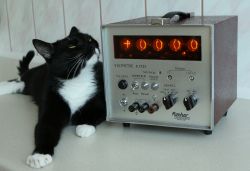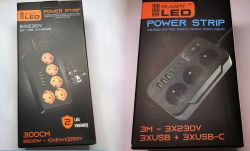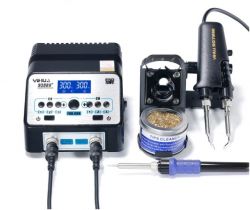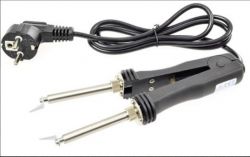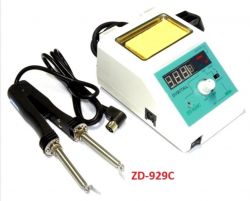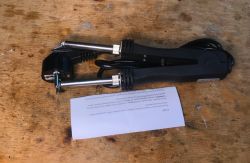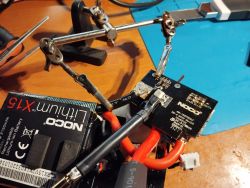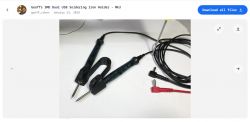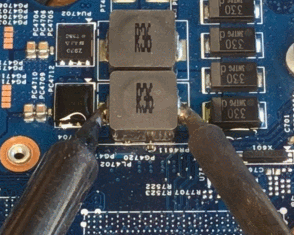 Today we will show you one simple method that allows you to easily solder components such as capacitors and coils from a laptop motherboard without using hot air. This method is based on using two tip soldering irons to heat both pads of the component simultaneously.
Today we will show you one simple method that allows you to easily solder components such as capacitors and coils from a laptop motherboard without using hot air. This method is based on using two tip soldering irons to heat both pads of the component simultaneously.
The entire method is presented in a 'Youtube short' video posted on our channels,
English-language version:
Polish translation is here: https://www.youtube.com/shorts/7d_9U5YxGbo
Word description of the method:
1. first add a little flux to the pads
2. then it is worthwhile to pre-melt the first and then the second solder in turn and mix with the lead solder, because it has a slightly lower melting point and when mixed with the factory lead-free solder, it is easier to let the whole thing go
3. Finally, just heat both solders at the same time with two soldering irons, you can not use force, the component can be removed only when it starts to float
Have you used this method, what are your impressions about it? Feel free to comment, in the meantime, I will also soon post a review of the soldering iron-hot tweezer on the forum and we will see which is better... .
Cool? Ranking DIY Helpful post? Buy me a coffee.




